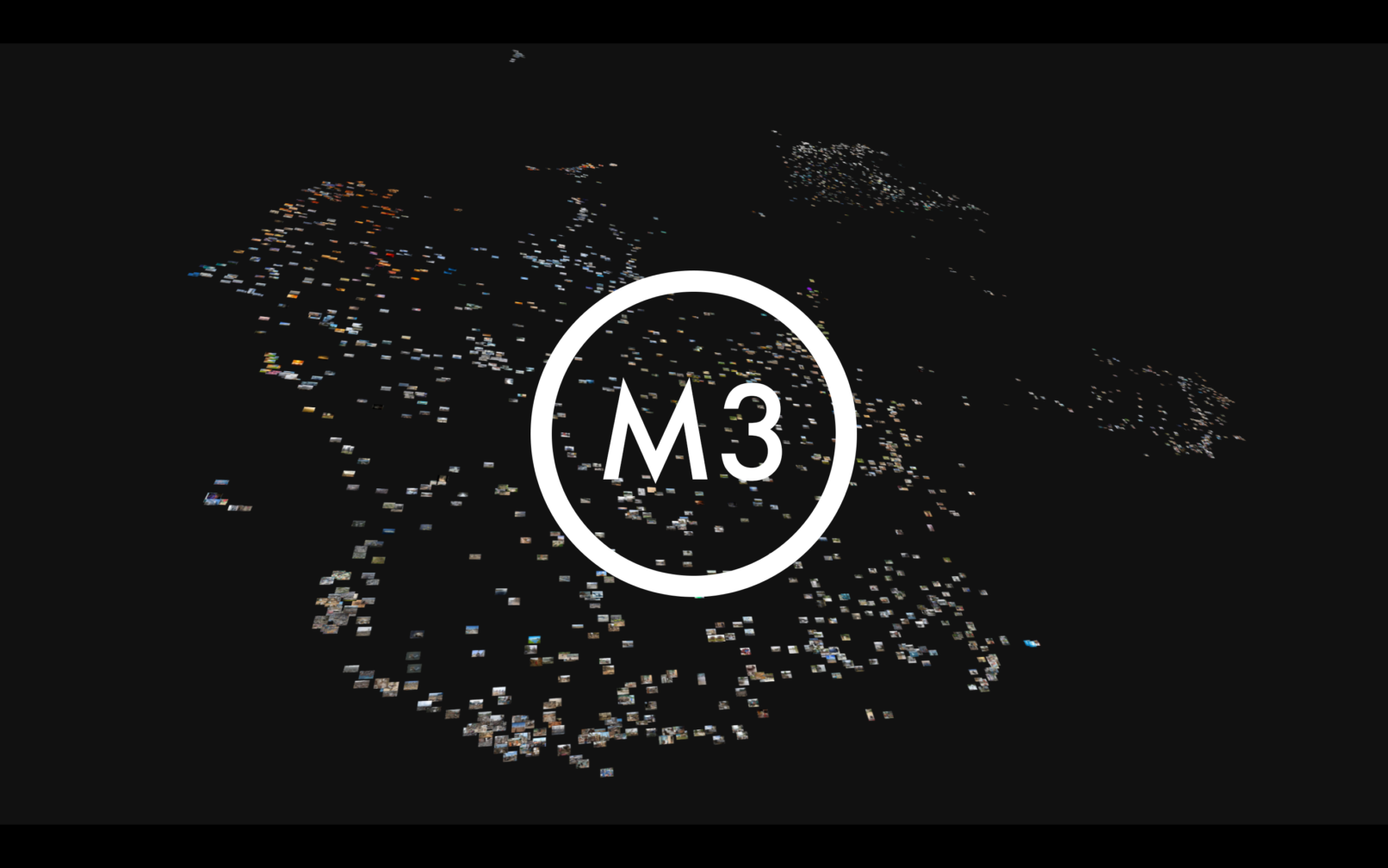Module 3 is based on the assumption that the globally distributed archive of climate images created by different actors on the Internet contains essential insights that can be gained by analysing the distribution, migration, image types and frequencies of specific images. We pursued several small research approaches with the aim of analysing different locations and scales of climate communication on the Internet. The primary focus of this study was a cross-national set of images collected via the online search engine Google Images.
A mixed-methods approach (nested design according to Creswell (2003)) allowed qualitative and quantitative research methods to be combined depending on the research focus, allowing a strong dialogue between methods because of their simultaneity and interdependence. The quantitative technical image analysis applied here combines data curation by web scraping and two machine learning methods, namely CNN (Convolutional Neural Network) and t-SNE (t-Distributed Stochastic Neighbor Embedding). Our qualitative approach is the so-called visual framing in connection with the art historical approach of iconography, since both methodologies of image definition have close similarities. The t-SNE visualizations were viewed as a whole and then clustered, followed by a derivation of a main motive, the creation of a screenshot table as a basis for size comparison and a derivation of the results.
On a technical-methodological level, questions were raised as to what role digital infrastructures such as web search engines play in the presorting and ranking of climate images and what the t-SNE method can achieve for digital methods of visualising image collections. In addition, the aim was to investigate whether qualitative human annotations were consistent with the t-SNE cluster.
The combination of machine learning and visualization is a challenging and productive method for studying large image data sets. It offers an alternative to graph-based layout methods and an alternative to purely keyword-based image research, where clusters are created by language alone. It also helps in the search for framings and the exploration of images per se. In the course of the study it became clear that this approach profoundly changes the epistemic practice of image analysis. Ultimately, it could still be made productive for qualitative image analysis, since it is still based on human interpretation.


